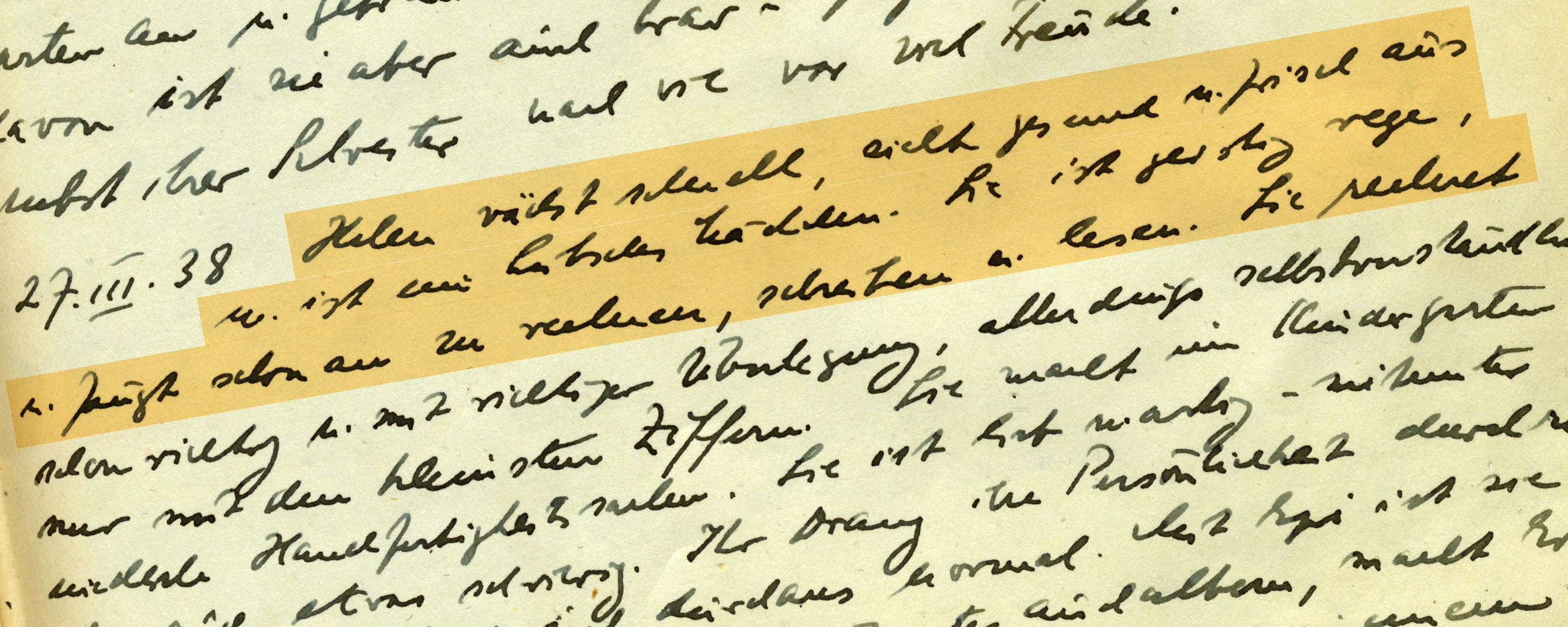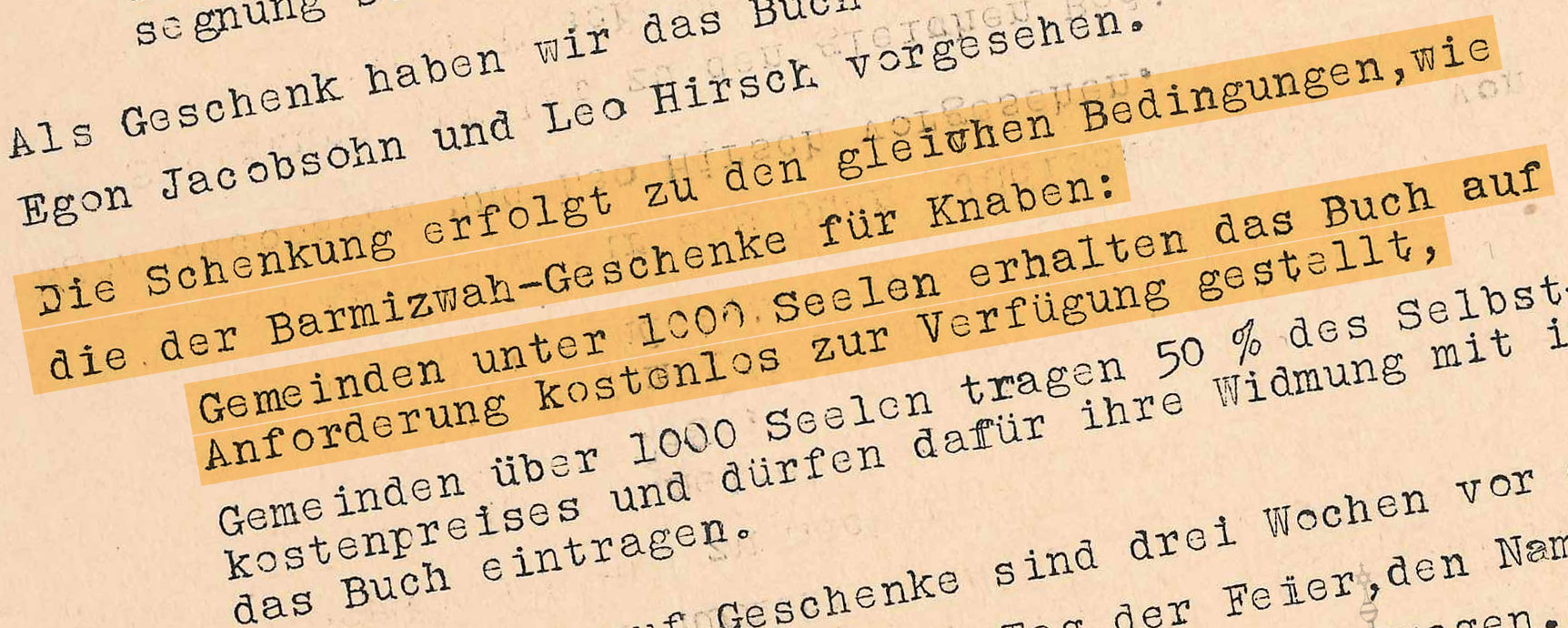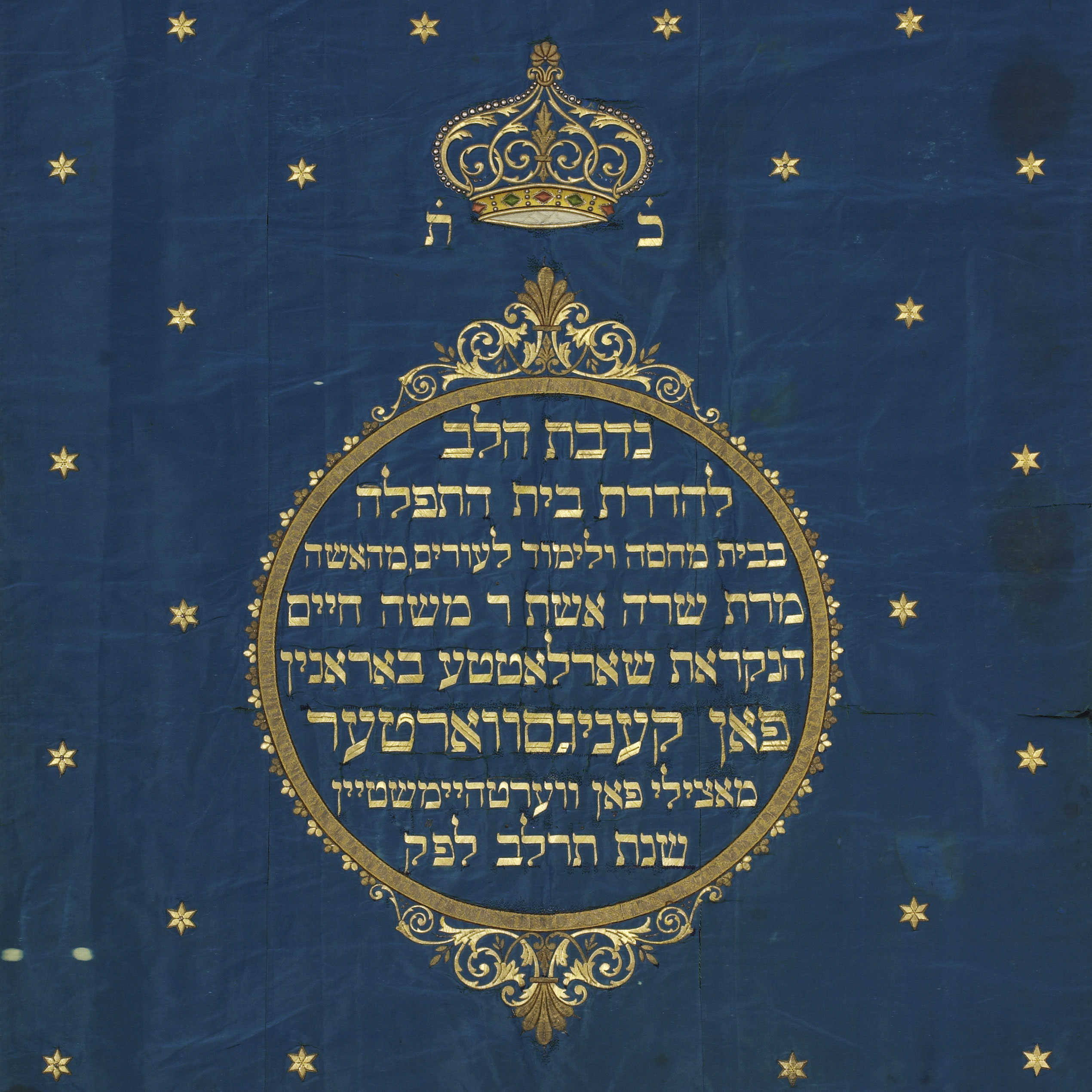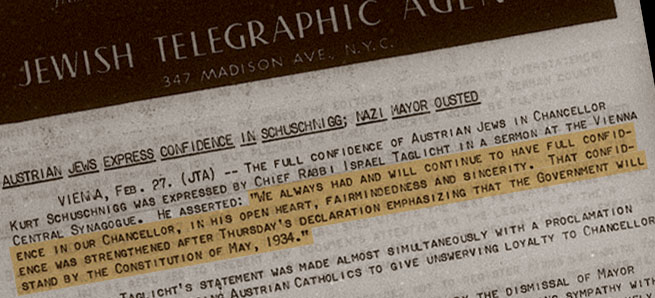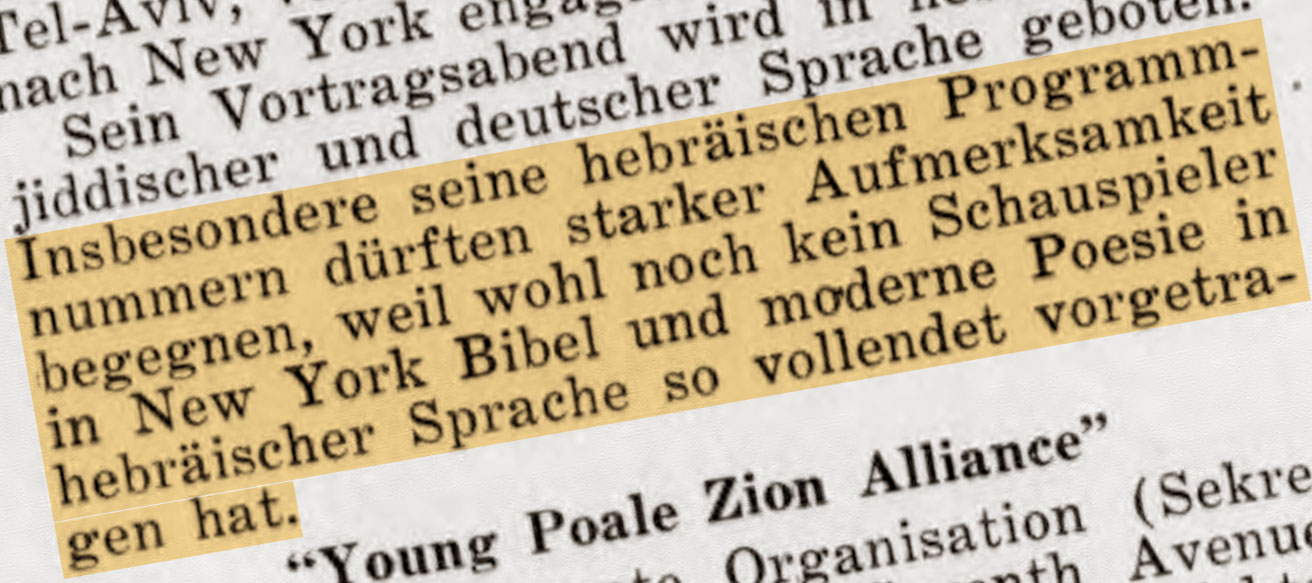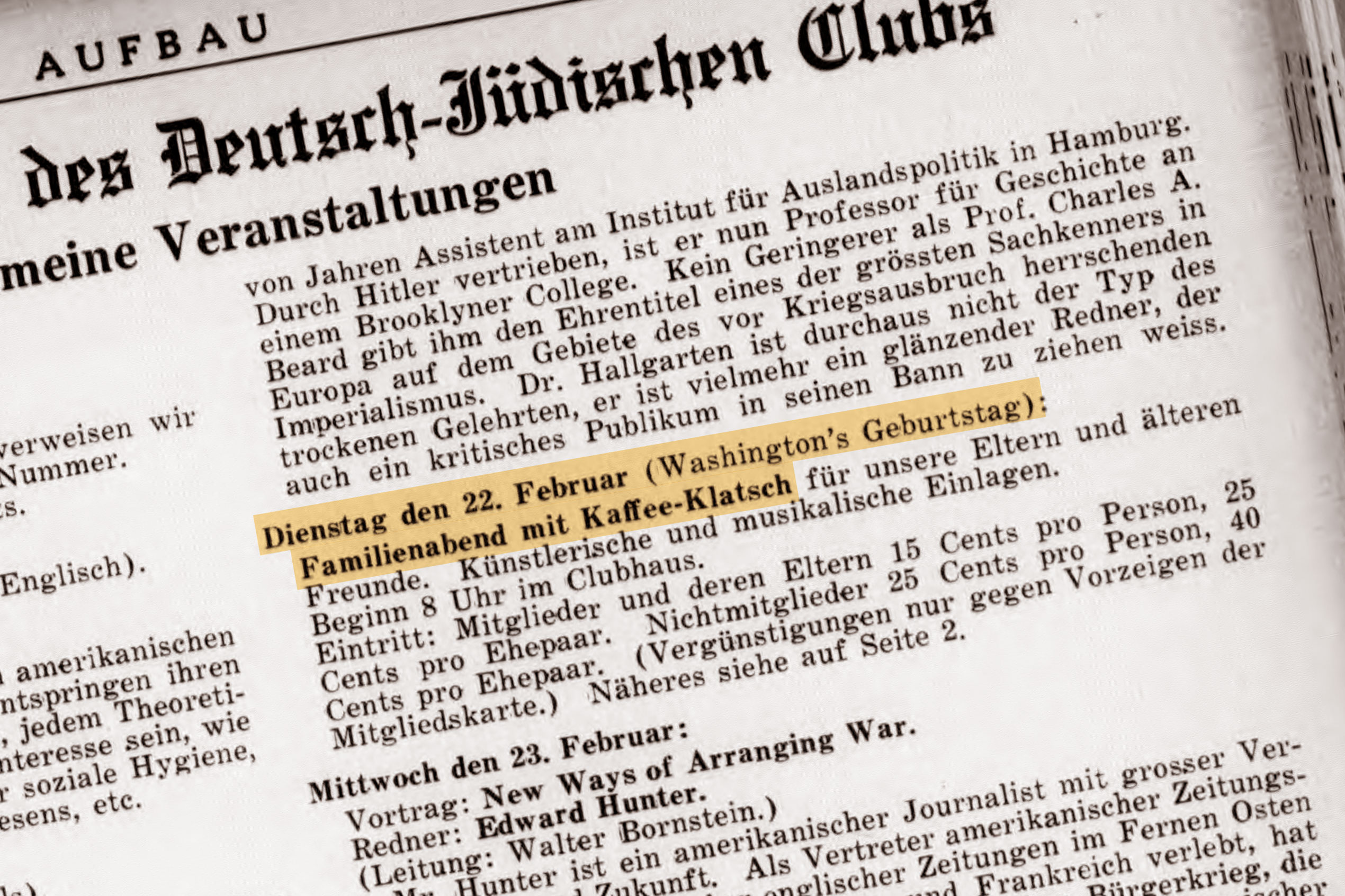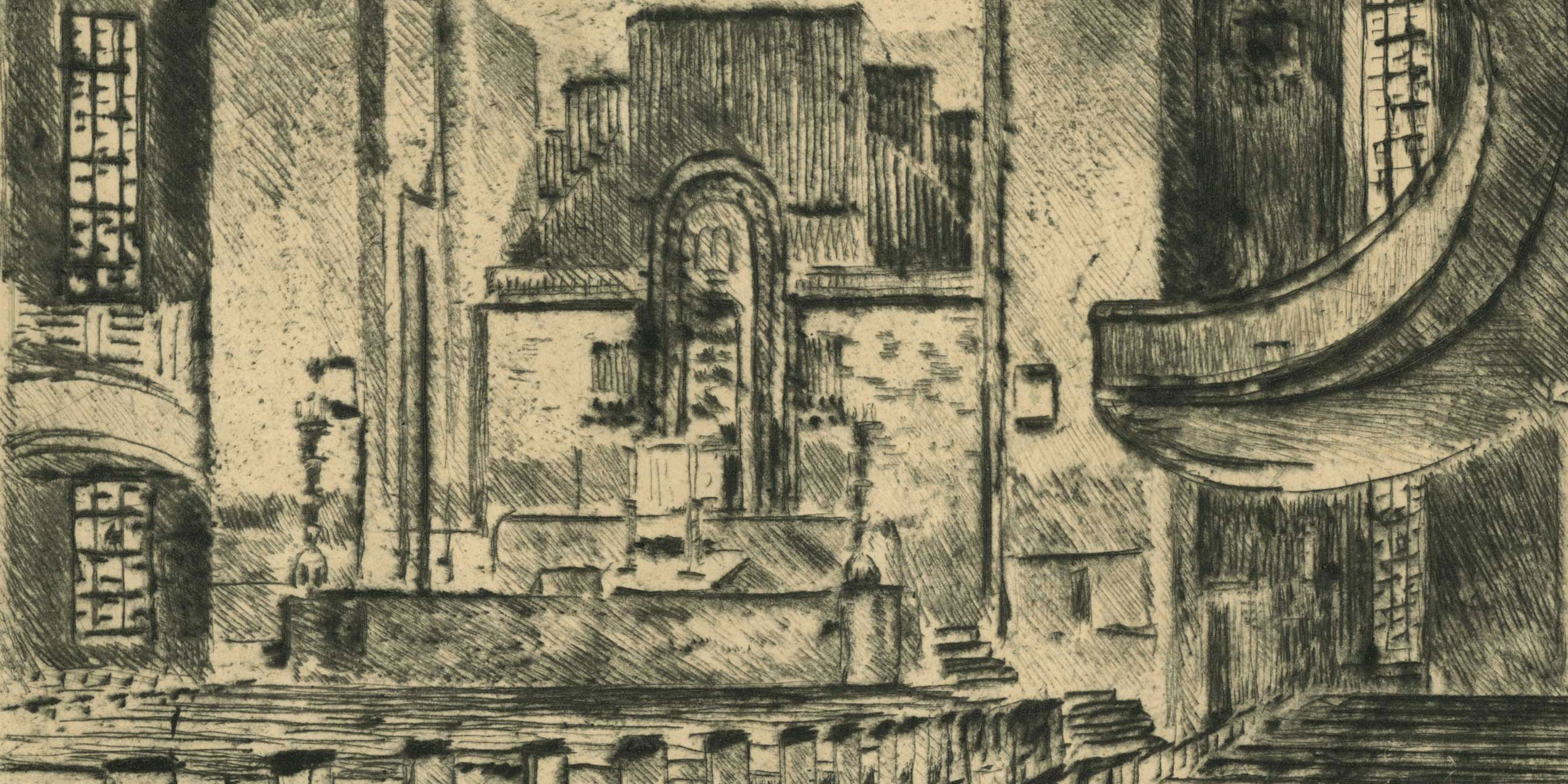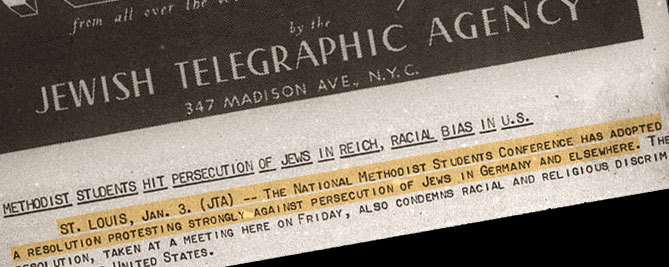Cutting Ties
A Berlin native leaves the Jewish community
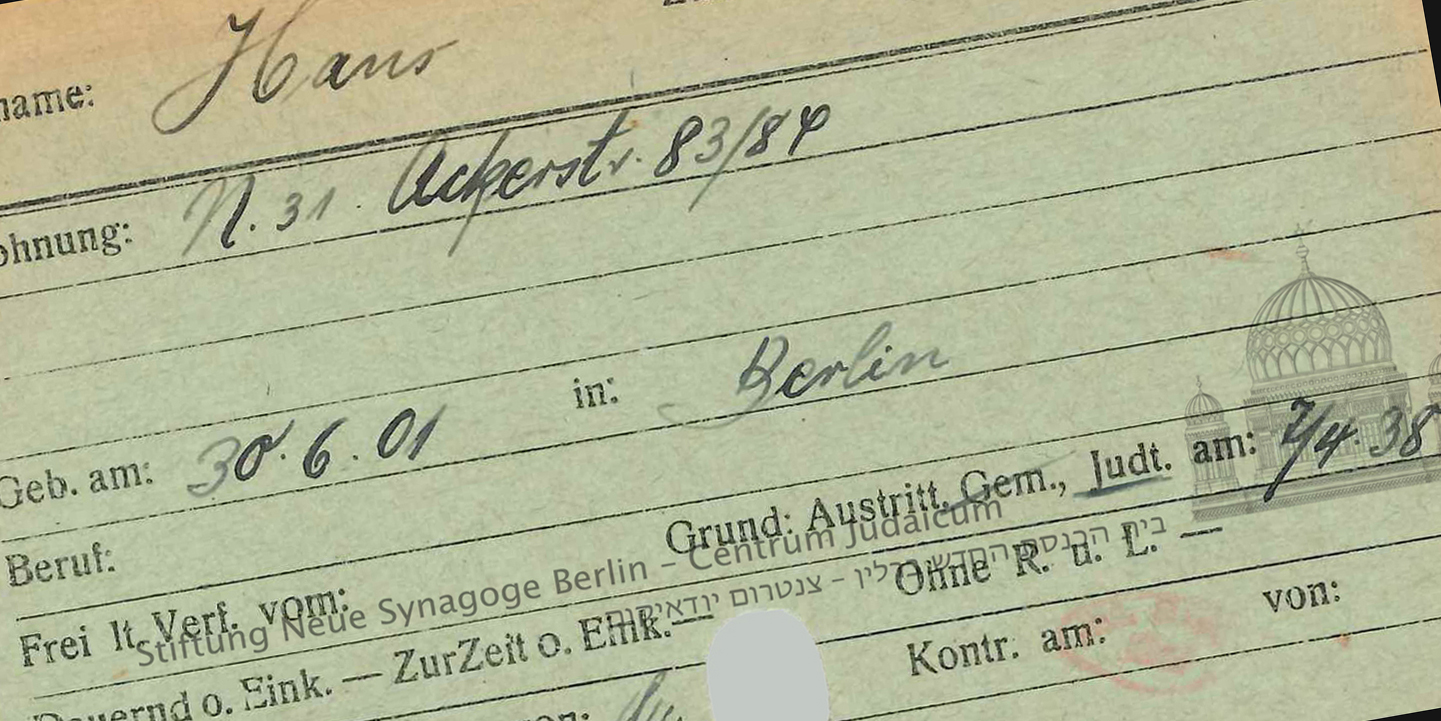
Berlin
Was Hans Petzold, a 36 year-old native of Berlin, hoping to save himself by ending his affiliation with Judaism? Under a regime obsessed with racial purity, such measures made little difference. According to the “resignation card file” of the Berlin Jewish Community, Petzold filed to leave the Jewish religion (Judentum) on April 7, 1938. Curiously, an additional note indicates that he left the Jewish community the following month, on May 30. These files now held by the Centrum Judaicum Foundation at the Neue Synagogue in Berlin record the departures some 20,000 Berlin Jews from the faith or the community for many reasons going back to the 19th century. Some converted, some joined the orthodox secession community Adass Jisroel, and others simply moved away. After 1933, some may have hoped to escape persecution by the Nazi authorities.
SOURCE
Institution:
New Synagogue Berlin – Centrum Judaicum 
Collection:
Card indicating resignation from membership in the Jewish Community of Berlin for Hans Petzold
Original:
CJA, 2 A 1



